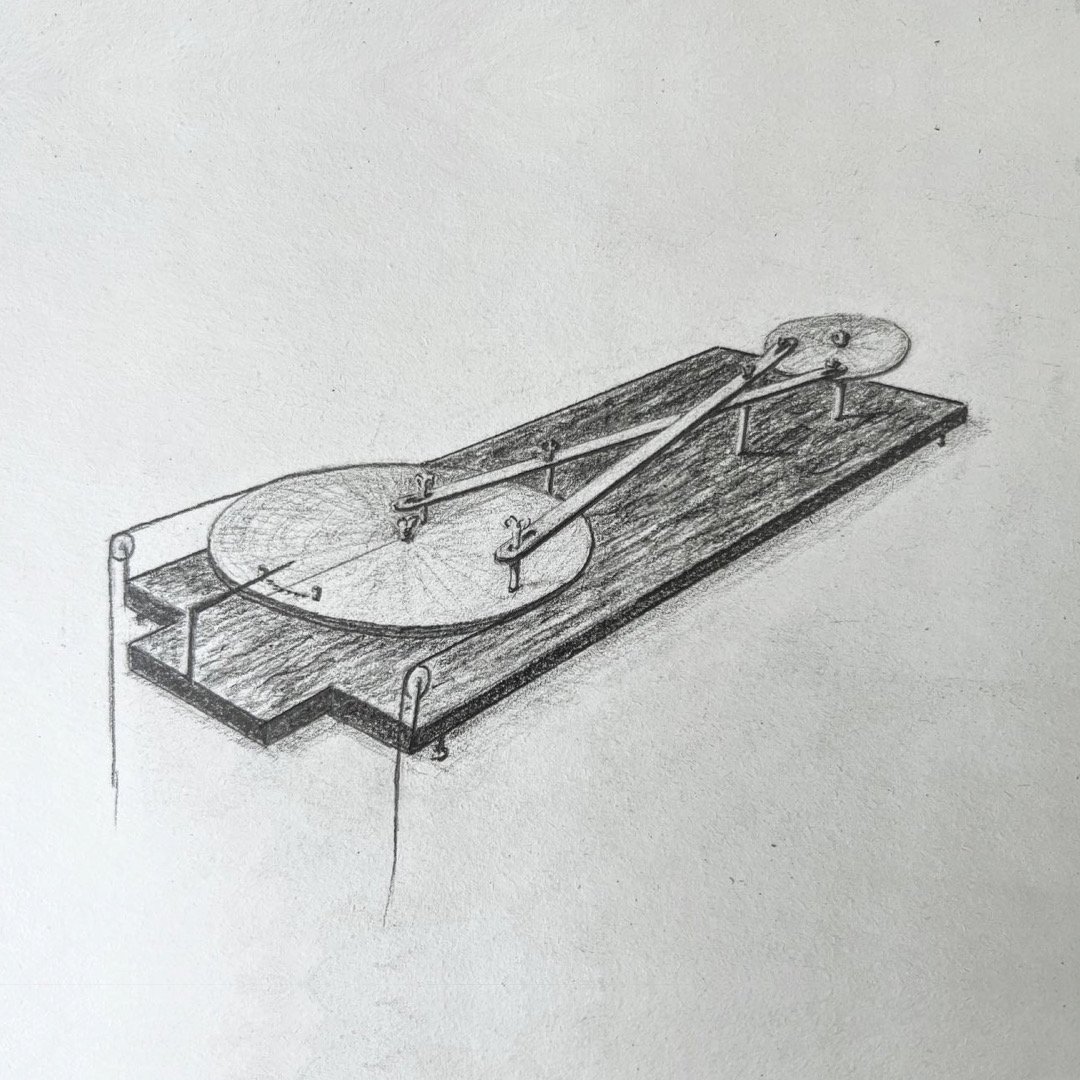The Complex Relationship Between Two Simple Machines
On Armen Nalbandian’s 21st album and the physics of improvisation
If science is the interpretation of events through conceptual generalizations, could we understand art to be the production of events that interpret concepts through generalization?
‘Physics’ is not introduced as a conceptual overlay or metaphor here, but a counter-interpretation of improvised music as has been theorized, annexed and marketed as of the ‘jazz’ tradition. More fundamentally, improvisation is pursued as a study of interaction, technique, (dis)order, space and time. Not to forget: the piano is a mechanical system comprising of levers, hammers and geometries, all of which interact mechanically through various repetition and permutations of tension, vibration and speed to produce sound waves that are ultimately considered art. But the system at work is not merely acoustic; to locate physics merely in the construction of a device would be to negate its own history as a science.
The Complex Relationship Between Two Simple Machines leans on a concept introduced by the artist Rubén Ramos Balsa and the engineer Oumar Haidara Fall in a project also culminating within the same year. Theirs is a project presenting the unification of theories in physics from various realms and eras. For Rubén and Oumar, invention and discovery are neither synonyms nor synchronous; invention comes before discovery, which occurs in manifold. The distinction between the moment a new concept comes into being and the moment(s) it is given sense — or simply, is sensed — opens up an inquiry into what occurs when an artist strikes a movement unknown to the past and even to the artist themself. Improvisation gives us a rare window to observe the ‘present’ as a tension between past and future.
Edging as close as possible to zero predetermination in the creation of a performance necessitates and engenders an understanding of the conditions that ineluctably determine its outcome. This is why improvisation cannot be considered the opposite of composition, and why the broader term used to describe the practice is spontaneous composition. Thus, when we speak of performance, we speak of the intervention in time and space amongst the dimensions that make up our reality. On the surface, the album was produced on a blank slate; a recording before which no sheet, direction or concept was written. But, where free improvisation as a genre lures, generally, through the impression of freedom and chaos, the recording Armen conceived with Dave King and Chris Speed demonstrates free improvisation as a practice that embraces the conditions that make it — a poetic order revealed only in performance. For it to have happened required extensive studies into music history and techniques, but also the artistry of would-be bandmates, and most importantly, an introspection of his own practice. And if all this sounds counter-intuitive, you would have arrived at the one constant in Armen’s practice, an approach that transcends the discipline of art and into the realms of theoretical physics: the yielding of oneself to counter-intuition to realize what is possible.
Jing Yi Teo
10 May 2023
